Year 3 Teaching Resources
Explore printable worksheets, digital activities, games and more Year 3 resources, all aligned to the Australian curriculum! The teacher-created resources have all been designed with primary teachers and students in mind to meet the special needs of children as they transition into the middle years of their primary school education.
Carefully curated and thoroughly reviewed by the expert teachers of the Teach Starter team to ensure they're classroom-ready, our Year 3 resources can save you lesson planning time this school year with editable and differentiated options at the ready.
Teach Starter’s Year 3 resources utilise a vast array of resource types and have something for every learning area. Here's just a taste of what you'll find for your classroom!
- Spelling words and English worksheets
- Fractions activities and Maths worksheets
- Social and emotional learning activities
- Narrative writing stimuli
- Language conventions practice
- And so much more!
Are you new to teaching Year 3? Here's a look at what this year of primary school is all about!
What Is Year 3 in Australia?
Year 3 sits right in the middle of primary school for most students in Australia as the fourth year of compulsory education.
How Old Are Kids in Year 3?
The exact age of students will vary slightly by state (and birthday!), but most children in your Year 3 class will be 8 to 9 years old.
What Do Students Learn in Year 3?
Year 3 is a big one for Australian students. Many will sit the NAPLAN tests, and more than a few will hit double digits before the year is through. This is a big year for Maths between the introduction of more complex fractions and formal multiplication, as well as even more skill-building in other learning areas.
Exactly what they're expected to learn will depend to some degree on the state or territory where you are teaching, but here's a look at what your students can expect to encounter in the key areas of the curriculum!
English
Year 3 students continue to develop their reading, writing, speaking, and listening skills in their English lessons. Reading will involve more complex texts, including longer novels, non-fiction texts, and poetry.
Students will also be expected to analyse these texts more deeply, examining themes, character development, and literary techniques. Comprehension skill-building will require deeper analysis of texts and drawing inferences from what is read.
While Year 2 instruction focuses on basic writing skills such as sentence structure and punctuation, this older group of students will move toward more advanced writing skills such as paragraphing, using descriptive language, and organising ideas in a logical way.
Grammar and spelling will also become a greater focus this year, with an emphasis on understanding and applying more complex grammar rules and spelling patterns.
Maths
Fractions feature front and centre of the Year 3 Maths curriculum. Students will learn to identify, compare, and order unit fractions (those being fractions with a numerator of 1), as well as use them in simple problem-solving contexts.
We already alluded to this being a big year for multiplication, and is it ever! Year 3 students learn the basic multiplication facts — such as 2 x 2 = 4 and 3 x 3 = 9 — and they begin to use these facts to solve multiplication and division problems. They also learn to interpret and create simple multiplication and division problems.
Students will have the chance to build upon their understanding of measurement concepts from Year 2, including length, mass, and capacity. They'll learn to measure and estimate using standard units, plus how to compare and order measurements.
Maths students will expand their knowledge of 2D shapes this year, and they will begin to learn about three-dimensional shapes and their properties.
Place value is still a big part of maths, of course. Year 3 students expand their understanding of place value to include numbers up to 10,000, and they learn to read, write, and compare four-digit numbers. They also learn to use place value to solve addition and subtraction problems.
Science
Science instruction in Year 3 is more focused on building a deeper understanding of scientific concepts and their applications, as compared to Year 2. It also emphasises the development of scientific inquiry skills that will help kids become more proficient in conducting scientific investigations and communicating their findings.
Students in Year 3 learn to ask questions, plan and conduct investigations, collect and record data, and communicate their findings as part of their development of science inquiry skills. They spend a portion of the year learning about the characteristics of living things, including plants and animals. Year 3 students will have the chance to explore the life cycles of plants and animals, as well as learning about the needs of living things and their habitats.
While they're learning about things that live on Earth, they're also learning about the planet itself, exploring geological features such as rocks, soil, and minerals. They also explore heat energy and how it can be transferred from one object to another.
Last, but certainly not least, Year 3 students learn about the properties and states of matter, including solids and liquids (gasses are explored later on in primary school).
Humanities and Social Sciences
Building on the foundation set in Year 2, Year 3 HAAS lessons build a deeper understanding of historical events and concepts, as well as exploring the social and economic systems that underpin Australian society.
Students learn about the historical events, people, and places that have shaped Australia's history. They explore the concept of change and continuity over time and learn to use historical sources to investigate the past. Students also study significant cultural events celebrated in our country and how they contribute to Australia's diversity and identity.
Geography instruction will guide students as they learn about the physical and cultural characteristics of places and regions. They'll learn more about the representation of Australia as states and territories, and as Countries/Places of First Nations Australians. Students will also begin exploring Australia's neighbours such as New Zealand, Papua New Guinea, and Indonesia.
Civics instruction sees Year 3 students strengthening their understanding of what it means to live in a democratic society. They will draw upon their own personal experiences to examine why rules are important and to discuss how they can be active participants in the communities to which they belong.
Health and Physical Education
With their bodies rapidly changing, Year 3 students learn about the factors that influence their health and wellbeing, including the importance of good nutrition, hygiene, and sleep. They also learn about social and emotional health, including how to manage their feelings, develop positive relationships, and make safe and healthy choices.
In Year 3, there are a number of different types of safety on tap in lessons, including road safety, water safety, and personal safety. They develop an understanding of risk and learn strategies for staying safe in different situations.
Year 3 students also learn about the importance of being active and informed citizens in their community. They learn about the benefits of volunteering and begin to develop an understanding of the responsibilities and rights of individuals in society.
The Arts
In Year 3, students develop more advanced skills in drawing, painting, and other visual arts techniques. This includes studying the elements of art — such as line, shape, colour, and texture — and beginning to use these to create more complex artworks.
In music class, these children are learning all about musical notation and how to read and write simple music, while drama instruction explores different forms of drama, including role-playing, improvisation, and scripted performance. Students get the chance to learn about the elements of drama, such as character, plot, and setting, and begin to use these to create their own dramatic works.
- Plus Plan
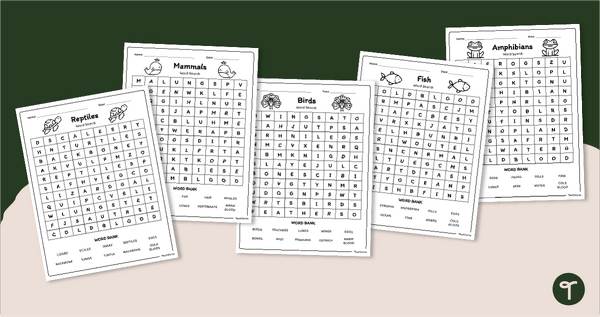
Animal Classification Word Search Pack - Early Years
Introduce your lower-year students to the six animal types/classes with a pack of printable animal word search worksheets.
- Plus Plan
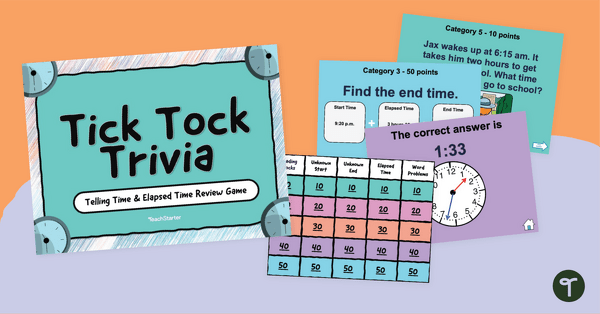
Elapsed Time Trivia Game
Play an interactive Maths game show to practise telling time and calculating elapsed time.
- Plus Plan
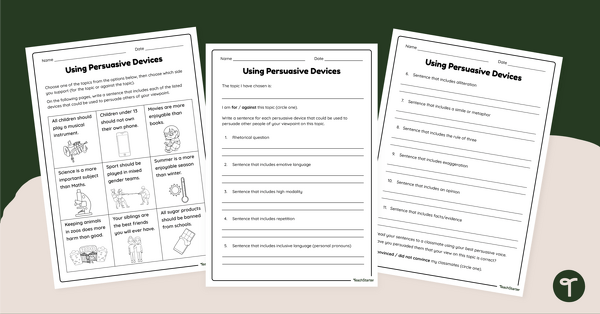
Using Persuasive Devices Worksheet
Use this persuasive devices worksheet to help your students create persuasive device examples based on a specific topic.
- Plus Plan
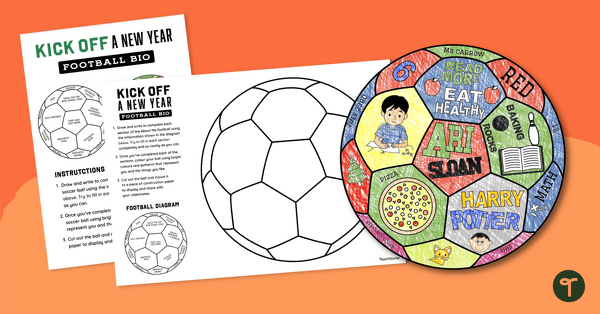
All About Me Template - Football
Kick off a new year with a fun soccer-themed all-about-me activity.
- Plus Plan
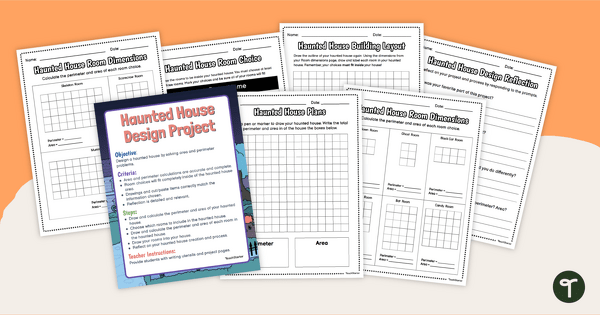
Area and Perimeter Haunted House - Year 5 Halloween Maths
Design your own haunted house and practise finding the perimeter and area of rectangular figures with an exciting Halloween mathss Activity!
- Plus Plan
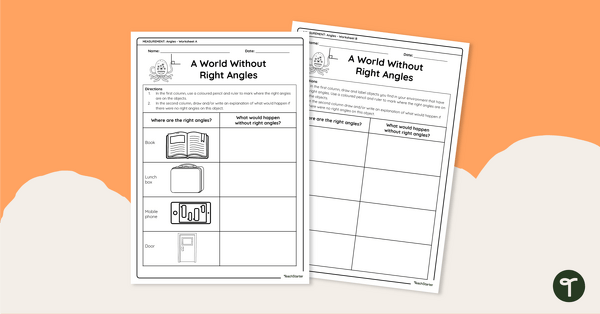
A World Without Right Angles – Worksheet
Help your students explore the vital role that right angles play in our environment with this differentiated maths worksheet.
- Plus Plan
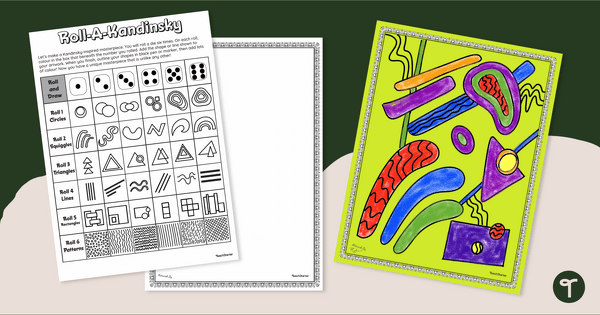
Dot Day Art - Roll a Kandinsky Circle Art Project
Introduce your students to the circle art style of Wassily Kandinsky with a fun Roll-a-Kandinsky Dot Day Art Activity.
- Plus Plan

Find Someone Who Icebreaker
Build a classroom community and help your students get to know each other with a fun getting-to-know-you activity.
- Plus Plan

Fraction Circles and Suggested Activities Sheet
Teach the concept of fractions in a visual way with this set of fraction wheel templates and a list of suggested activities.
- Free Plan
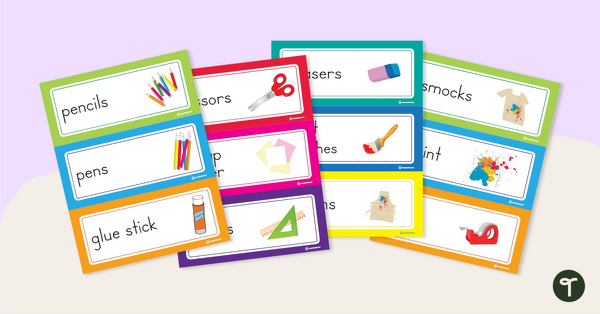
Supply Storage Bin Labels
Create a print-rich environment with a set of 93 classroom labels for storage bins.
- Plus Plan
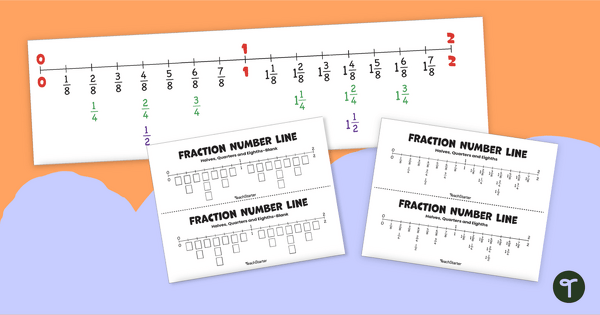
Fractions Number Line - Halves, Quarters and Eighths
Demonstrate the concept of fractions on a number line with a printable number line display and student reference sheets.
- Plus Plan
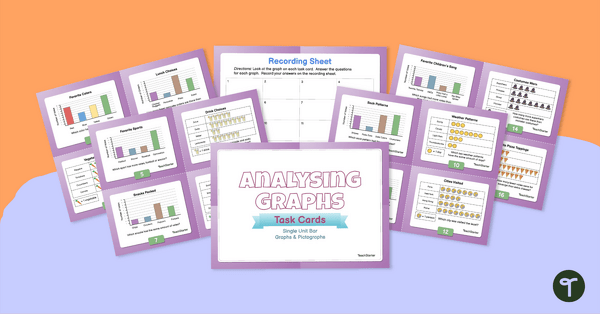
Analysing Graphs – Single-Unit Bar Graphs and Pictographs – Task Cards
Use data analysis skills to analyse bar graphs and pictographs with this set of task cards.
- Plus Plan
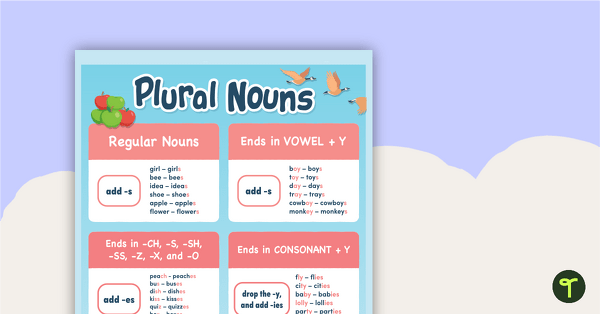
Rules for Plurals - s, es, ies, ves
Display the different rules for plurals with a printable plural noun anchor chart.
- Plus Plan
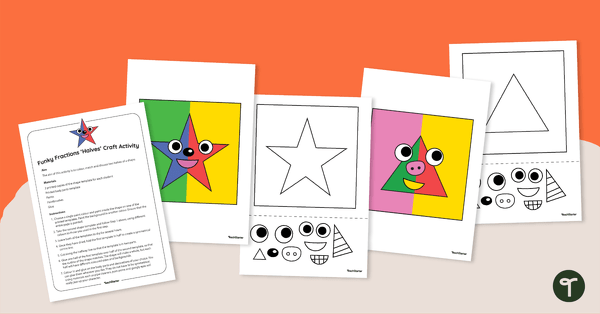
Funky Fraction Craft Activity (Halves)
A craft activity to encourage students to colour, match and discuss two halves of a shape.
- Plus Plan

Grammar and Punctuation Assessment Tool – Year 3
A set of 5 grammar and punctuation assessment tools suited to Year 3 students.
- Plus Plan

Four Corners - Back to School Active Game
Get moving with this engaging All About Me Active game for the beginning of a school year.
- Plus Plan
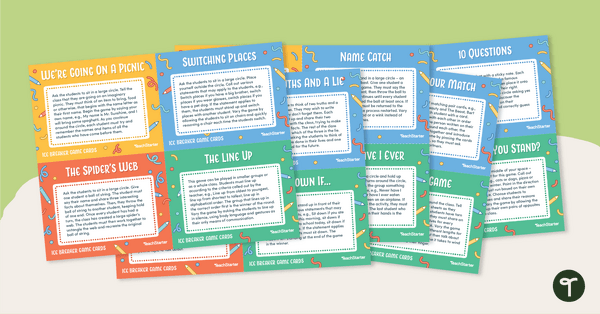
Icebreaker Games - Get to Know You Game Cards
Help your students get to know each other with this set of 20 icebreaker games.
- Plus Plan
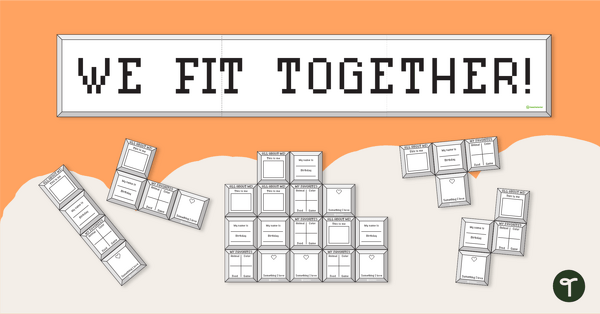
All About Me Display Wall - Retro Video Game
Use this activity to help your students get to know one another at the start of the year.
- Plus Plan
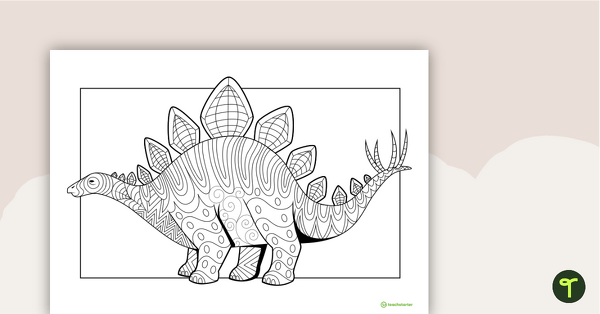
Stegosaurus Mindful Colouring In Sheet
A stegosaurus mindful colouring in sheet.
- Plus Plan

Horse Mindful Colouring In Sheet
A horse mindful colouring in sheet.
- Free Plan
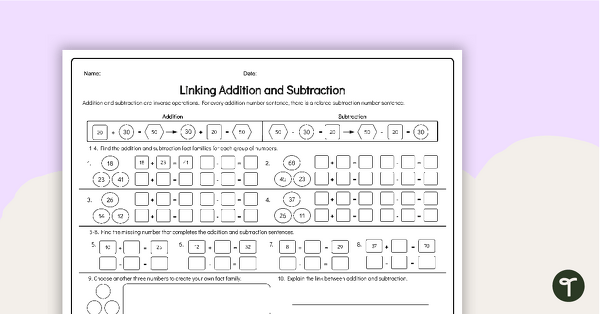
Linking Addition and Subtraction Worksheet
Explore the relationship between addition and subtraction with a fact family worksheet.
- Plus Plan
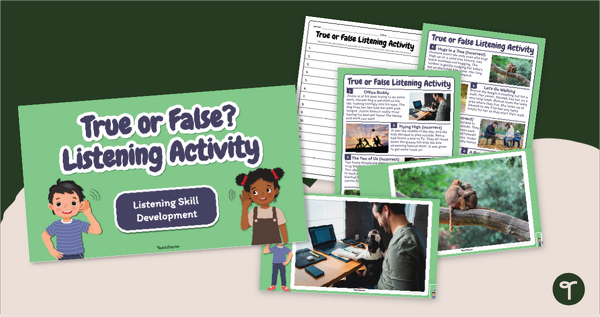
True or False? Active Listening Exercises
Improve listening skills in the classroom with an engaging True or False Active Listening Activity.
- Plus Plan
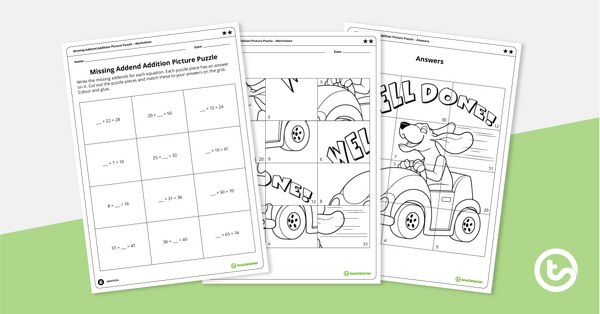
Missing Addend Addition Picture Puzzle – Level 2
Consolidate students’ addition skills with this missing addends worksheet.
- Free Plan
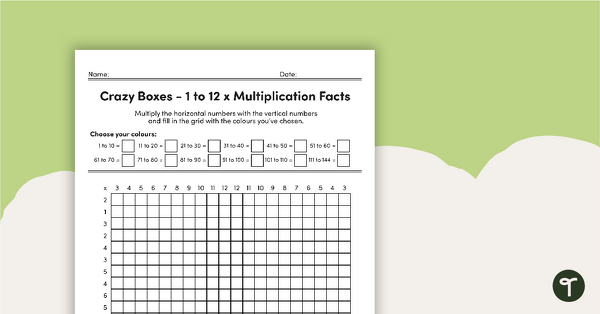
Crazy Boxes – 1 to 12 Times Tables
A fun multiplication worksheet where students create a colour pattern using 1 to 12 times tables.
- Free Plan
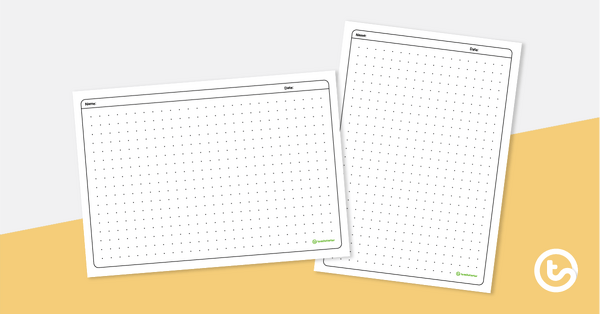
Dotted Journal Paper
Sheets of square dot paper templates.
- Plus Plan
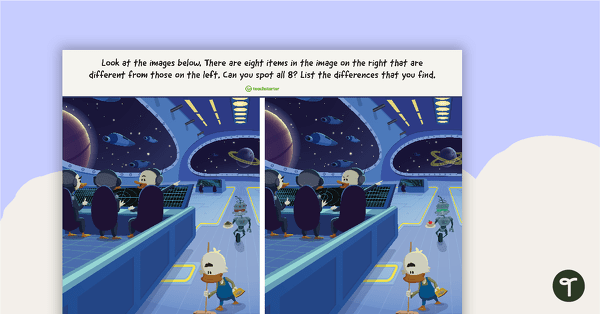
Spot the Difference
A fun game for students to try and find the differences between two pictures.
- Plus Plan

Multiplication and Division Interactive PowerPoint
An engaging 64 slide interactive PowerPoint to use when learning about multiplication and division.
- Plus Plan
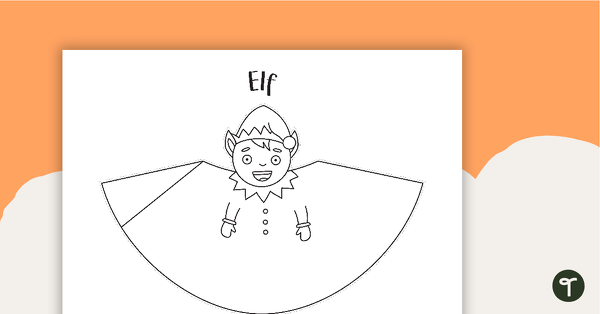
Elf Tree Topper Template
An elf tree topper template for your students to decorate.
- Plus Plan

Multiplication Strategies – Classroom Poster Pack
Use this set of posters when teaching different multiplication strategies.
- Free Plan
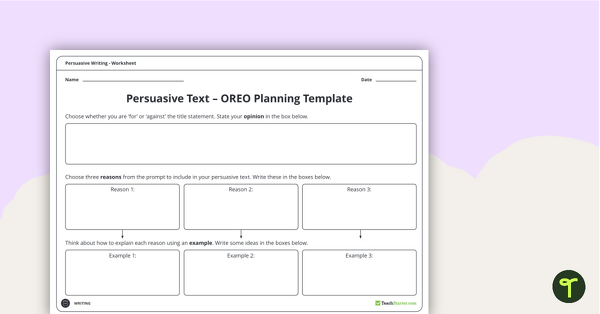
Persuasive Text Planning Template (Using OREO)
A planning template for students to use when writing a persuasive text.
- Plus Plan
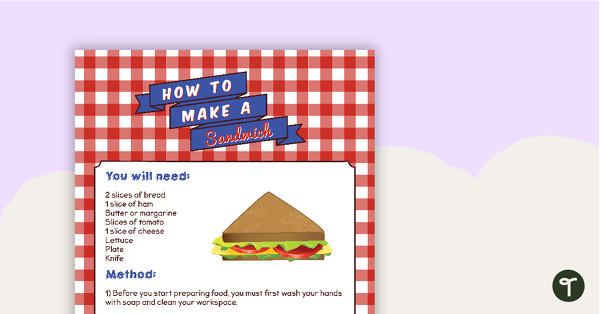
How To Make A Sandwich – Procedural Writing Activity
Get your students writing a procedure for their favourite sandwich with this example procedure text and writing scaffold.
- Plus Plan
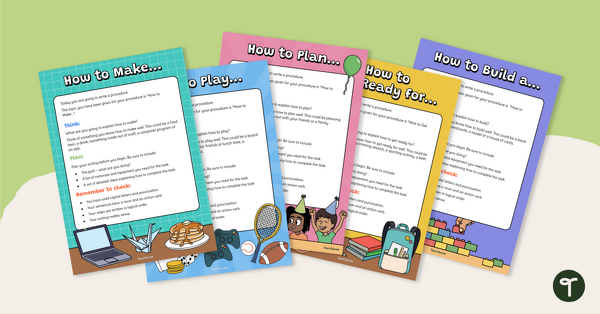
5 Procedural Writing Prompts
Use this set of 5 procedural writing prompts to assess your students’ procedural writing skills.